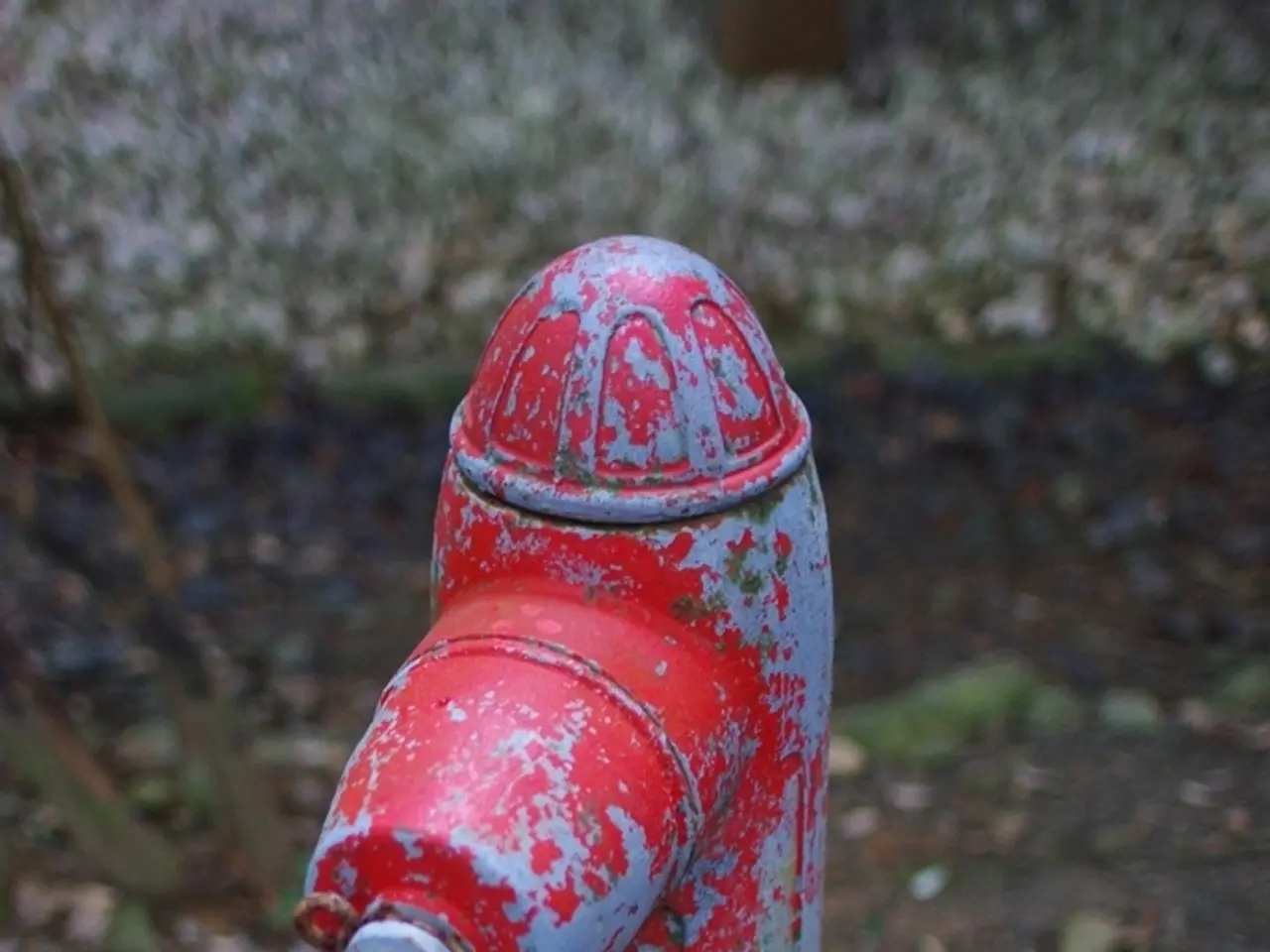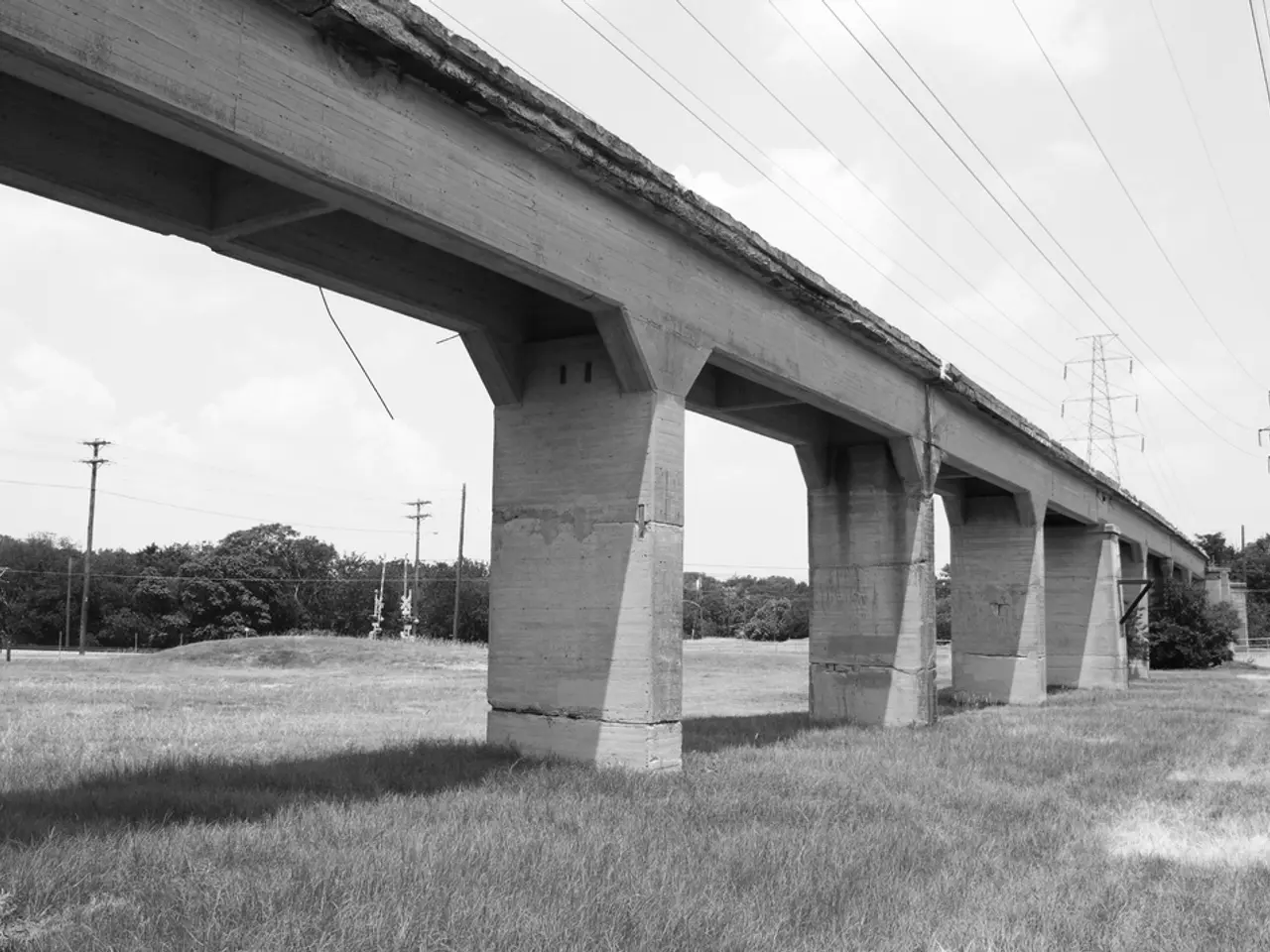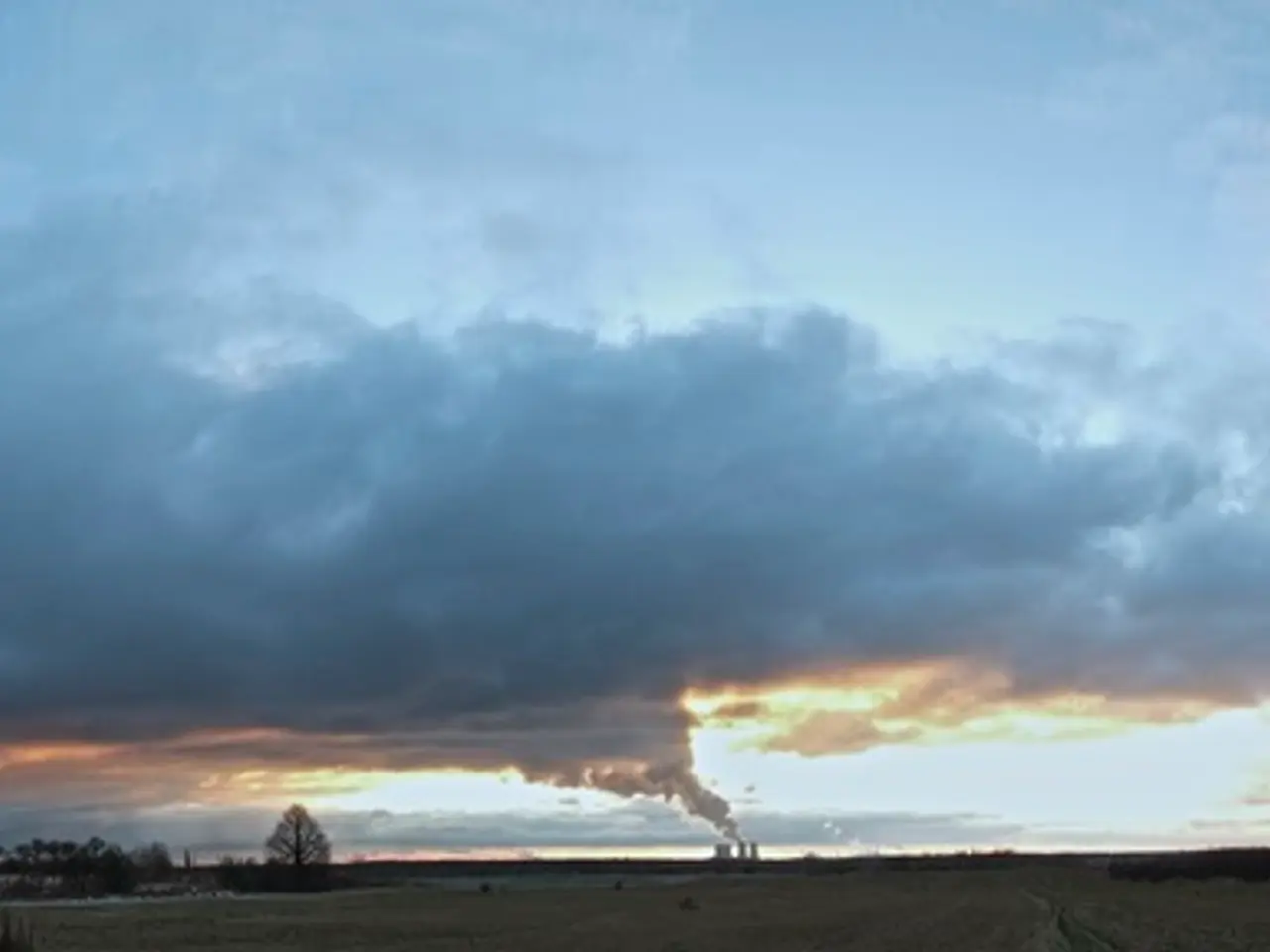"Investors should cease support for demolition projects": Ugandan advocator implores TotalEnergies shareholders to disengage
The East African Crude Oil Pipeline (EACOP), a 1,443-kilometre infrastructure project worth US$10bn, has been a point of contention due to its potential human and environmental costs. The pipeline, designed to transport crude oil from Uganda's Tilenga and Kingfisher oil fields to the Port of Tanga in Tanzania, is causing significant concerns for Ugandan communities.
Forced Displacements and Compensation Issues
Approximately 13,000 people in Uganda have been displaced due to land acquisitions for the pipeline, with many reportedly inadequately compensated. This has caused social tensions and questions about governance and fairness, especially given Uganda's challenges with transparency and corruption. The pipeline’s construction requires large-scale land takeover, disrupting communities that depend on their farmland and homes.
Agricultural Dependence and Livelihood Disruptions
Many affected Ugandan communities rely heavily on agriculture for their livelihoods, and displacement or land loss threatens their food security and economic stability. The dependence on agriculture means disruptions could cascade into broader social and economic hardships. Environmental changes and land degradation caused by pipeline infrastructure can reduce arable land quality and water availability, further impacting agriculture.
Environmental and Wildlife Conflicts
The EACOP traverses sensitive ecological zones, including areas near Murchison Falls National Park, a biodiversity hotspot and UNESCO World Heritage Site. This raises concerns about habitat destruction and loss of wildlife. Pipeline-related construction and potential oil spills threaten water resources, such as the Lake Victoria watershed, which communities and wildlife depend on. The risk of contamination could impact both human health and biodiversity.
Destruction along the route can weaken ecological services like the “dilution effect,” which naturally limits the transmission of pathogens among animal populations and thereby protects human populations. Disturbance of wildlife habitats creates increased human-wildlife conflicts, including the risk of new infectious diseases emerging from closer contact between humans and wildlife, as natural barriers and ecosystems get disrupted.
Additional Context
The carbon footprint of the pipeline over its lifecycle is very large (379 million metric tons), complicating regional and global climate goals and raising further environmental concerns. Local protests against the pipeline’s social and environmental impact have faced repression in Uganda, indicating tensions and challenges surrounding the project’s governance.
Although EACOP is poised to transform Uganda economically into an oil exporter, this comes at considerable social and environmental cost.
Call for Action
Environmental scientist Samuel Okulony, co-founder of the Environment Governance Institute, is campaigning for financial organizations to stop investing in TotalEnergies, the key player in the construction of the EACOP. Nordea, a Danish financial institution, has announced its decision to cease purchasing new debt or shares in TotalEnergies, effective immediately and continuing until October 2024.
The burden of these displacements is often disproportionately borne by women in Uganda, with displaced women struggling to feed their families due to the pipeline construction. The displacement and its consequences highlight deep socio-environmental trade-offs tied to Uganda’s oil development ambitions.
[1] Okulony, S., (2021). East African Crude Oil Pipeline: An Environmental and Social Assessment. Environment Governance Institute. [2] Mugisha, P., (2021). The East African Crude Oil Pipeline: Economic Opportunities and Challenges for Uganda. Uganda Institute of Economic and Social Research. [3] WWF, (2021). East African Crude Oil Pipeline: Implications for People and Nature. World Wildlife Fund. [4] Human Rights Watch, (2021). Uganda: Repress Protests Against Oil Pipeline. Human Rights Watch. [5] Okulony, S., (2020). Agricultural Livelihoods and the East African Crude Oil Pipeline: Assessing the Impact on Ugandan Communities. Environment Governance Institute.
- The environmental scientist Samuel Okulony, the co-founder of the Environment Governance Institute, is urging financial organizations to stop investing in TotalEnergies, the primary company involved in constructing the EACOP.
- Nordea, a Danish financial institution, has recently announced that it will cease purchasing new debt or shares in TotalEnergies until October 2024, due to concerns about the EACOP's environmental and social impacts.
- Displaced women in Uganda, who bear a disproportionate burden of the pipeline's impacts, struggle to feed their families as a result of the pipeline construction.
- The East African Crude Oil Pipeline (EACOP), a large-scale infrastructure project worth US$10bn, presents complex socio-environmental trade-offs for Uganda, as it has the potential to transform the country economically into an oil exporter but comes with significant human and environmental costs.




